Autumn is the perfect season for photography, with its vibrant colors, soft light, and rapidly changing landscapes. These autumn photography tips will help you capture the beauty of fall, from colorful leaves and wildlife to landscapes and portraits. With a few simple techniques, you can take jaw-dropping photos this season, even if you’re a beginner.
01. Research Your Location for Autumn Photos

You might think that the fall is a season when everything seems picturesque. You might get tempted after noticing the fallen leaves outside your home. However, you should not go and click photos in a random place. Not every good-looking place is good for shooting photos.
You have to spend more time researching the location. Make a list of probable locations. Select the best place you think you can go to. Consider places that are nearby. Otherwise, it becomes difficult to move. As a result, you might end up being tired, and the photos will not be up to the mark.
However, you may find a place where everything is okay, but the background has something unwanted. In that case, I would suggest you go to that place. Because you can take background removal services to remove that unwanted object.
02. Capture Seasonal Wildlife in Autumn

Animals remain busy throughout the whole season of autumn. Because they prepare themselves for the upcoming winter. To shoot autumn photos means shooting the wildlife of autumn.
Well, it’s not wildlife photography. However, you should learn about the habits of wild animals. Find out at what time they come out and stay active in their regular activities. Get closer but not too close. Take photos from far away. But make sure they are well visible.
No matter how much we love wildlife, sometimes we get afraid of it as well. If you are shooting with your family, you can make pictures that will look as if you are in the wild. Having fun with wild animals.
03. Shoot Stag Silhouettes During Fall

Autumn is the season when stags often lock horns in fights as they compete for mates. This makes for dramatic and exciting photo opportunities.
Always keep a safe distance to avoid disturbing the deer, as they can be aggressive during this time. Using a long zoom lens with a wide aperture will help you separate the stag from the background and capture clear shots.
For stunning silhouettes, try shooting into the light on a cloudy morning. Expose for the bright sky so the deer appears as a dark, striking outline.
04. Autumn Portrait Photography Tips
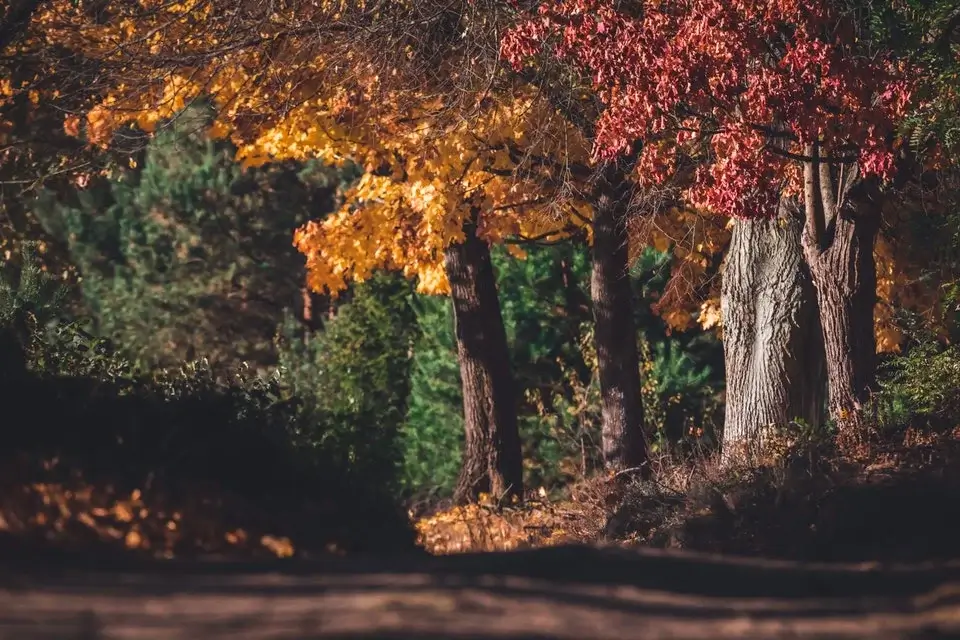
Dress your model in cozy autumn clothes, like sweaters, scarves, or jackets, and have them stand among colorful leaves. Shoot when the sun is low in the sky, usually in the morning or late afternoon, for soft, natural light. You won’t need flash or extra lighting.
Make the photos fun by having your model throw or kick leaves. This adds movement and keeps poses natural. Use Aperture Priority mode on your camera with a wide aperture (around f/4) so the model’s face stays sharp while the background is slightly blurred.
You can also do a little editing afterward to make the colors pop, but the best shots come from capturing natural light and genuine expressions.
05. Landscape Photography in Autumn
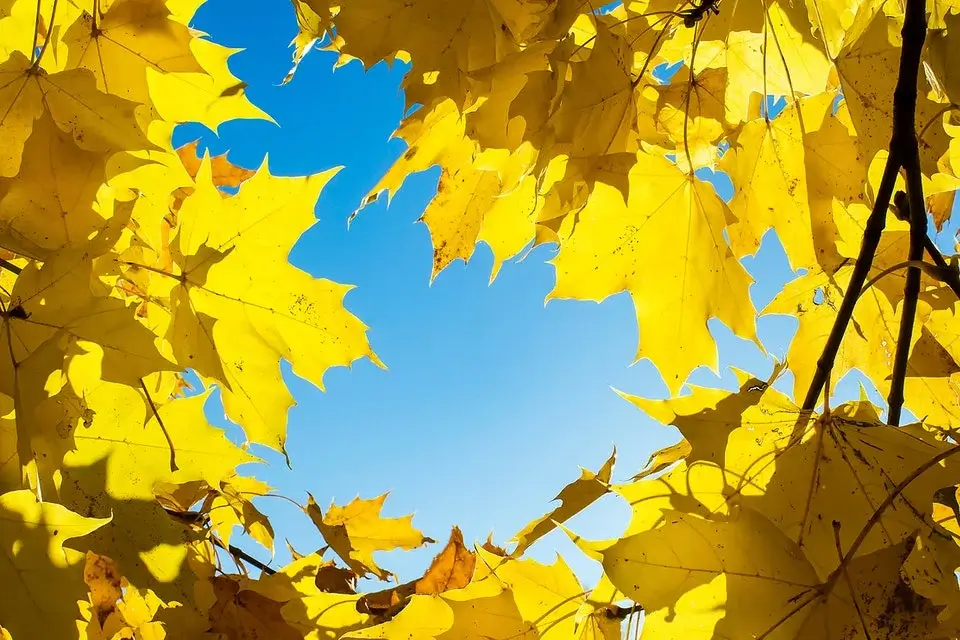
The best time to shoot autumn landscapes is during the golden hour—right after sunrise or just before sunset. The soft, warm light makes fall colors pop and helps you capture jaw-dropping autumn photos. For more on golden hour photography, check out Golden Hour Guide.
The downside is that you need to wake up early to catch the morning light. The good news is that in the fall, sunrise happens later and the sun stays lower in the sky longer, so the golden hour lasts a bit more than in summer.
06. Capture Morning Mist in Autumn
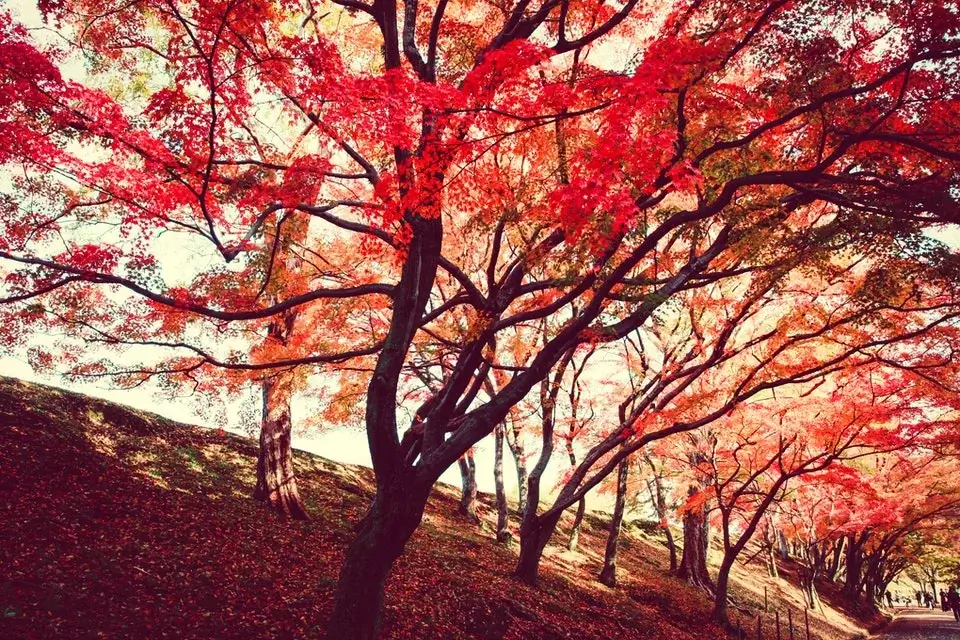
In early autumn, cold nights and warm days often create fog in the morning. This fog makes your photos look soft and magical. The best time to take these photos is just after sunrise, because the fog starts to disappear quickly.
Try to shoot from a high spot, like a hill, to capture valleys, trees, or buildings coming out of the fog. You can also shoot over fields or lakes to make your photos more interesting.
Focus on taking the shot in-camera. You can make small improvements later with editing, but most of the magic comes from the fog itself.
07. Capture Reflections in Autumn
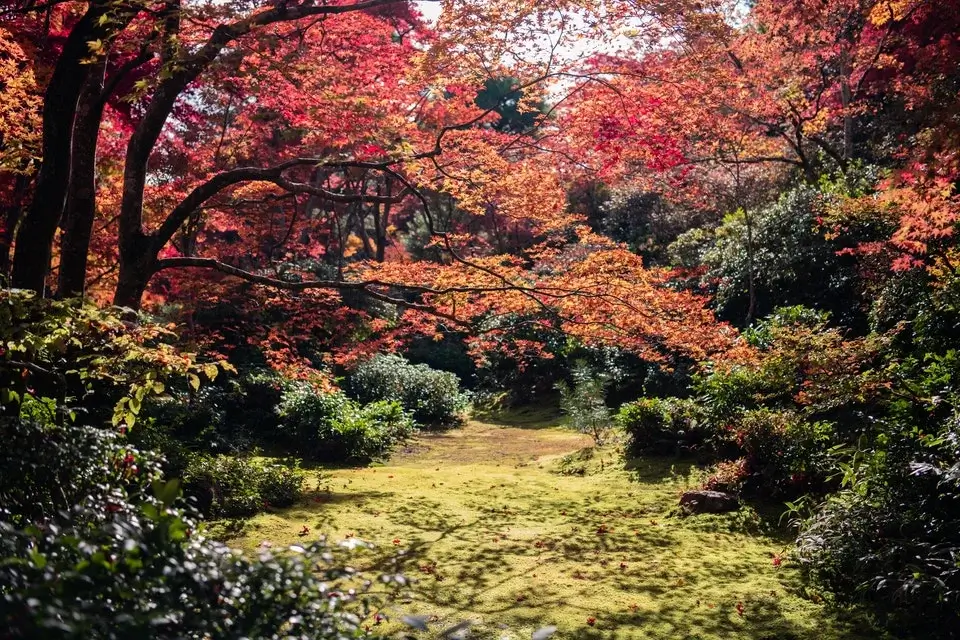
Autumn colors look amazing in water reflections. Find a lake, pond, or puddle to shoot the scenery mirrored on the surface.
Use a tripod to keep the camera steady and a mid-range aperture (around f/8) so everything is in focus. If the water has small ripples, try a longer exposure to smooth them out. Shooting in the morning or evening gives softer light for better reflections.
08. Shoot Close-Up Autumn Details
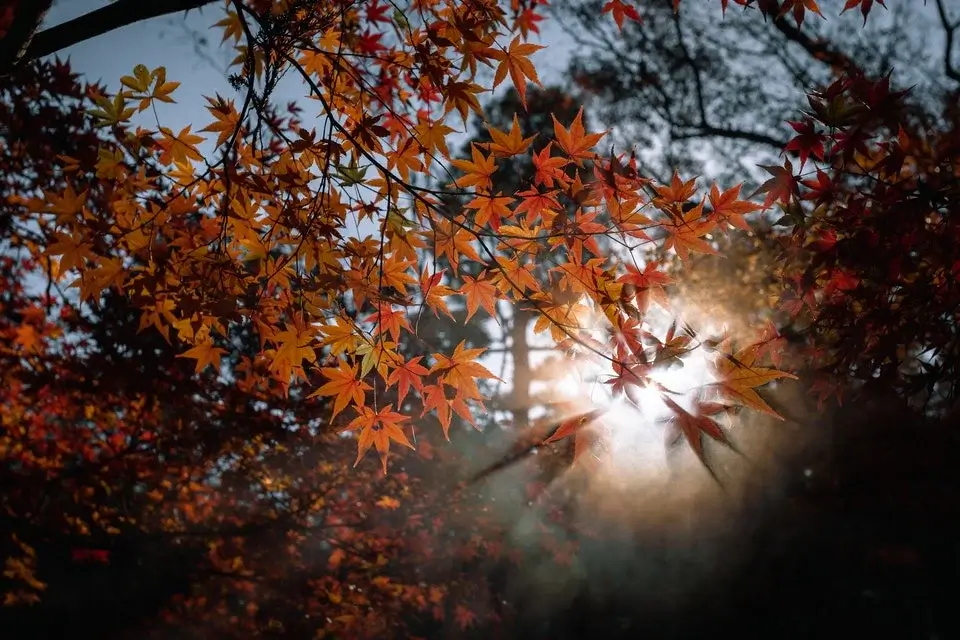
Fallen leaves, acorns, and other autumn details make beautiful close-up shots. You don’t need a special macro lens—just get as close as your lens allows. Focus on a single leaf or a small group, and use a medium aperture (f/8–f/11) to keep details sharp.
Take photos from different angles to find the most interesting view. You can also enhance colors a little in editing, but the main focus should be on capturing the leaf’s natural texture and color. For more tips, see Macro Photography Tips.
09. Autumn Still Life Photography
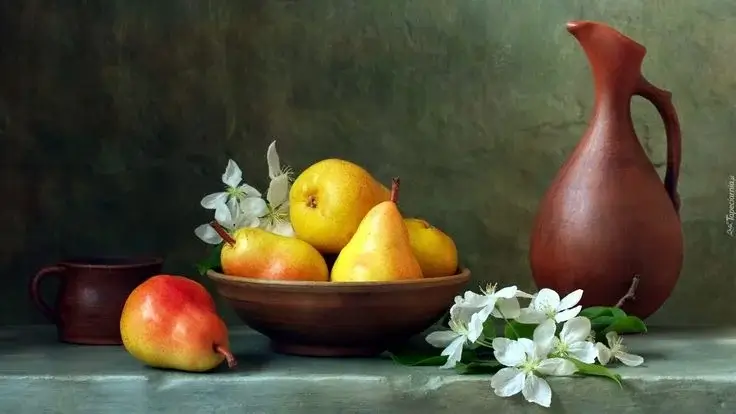
You can create autumn-themed indoor shots if the weather is bad. Arrange seasonal objects, like pumpkins, leaves, mugs, or scarves, on a table. The great thing about still life is that you’re in complete control of the scene and lighting.
Use a tripod and Live View on your camera to carefully adjust the arrangement until it looks right. Experiment with shallow depth of field to make the main object stand out, and keep backgrounds simple so the focus stays on your subject.
10. Use a Polarizing Filter for Better Colors

A polarizing filter is a useful tool for autumn photography. It helps reduce glare, cut haze, and make the colors of leaves and the sky look brighter.
Some people think a polarizer only works for skies, but it can improve almost any outdoor scene. It’s especially helpful for shooting landscapes with distant mountains or lakes, where haze can make the photo look dull.
Rotate the filter while looking through your camera to see the effect. Used correctly, it can make your autumn photos look more vivid and clear.
Conclusion on Autumn Photography tips
Autumn is a season full of vibrant colors and photographic opportunities. By following these quick autumn photography tips for jaw-dropping shots, you can capture the magic of fall in every photo. From landscapes to wildlife and portraits, every shot can tell a story. Grab your camera, explore, and let the colors of autumn inspire your creativity.
Common FAQ on Autumn Photography
Using a polarizing filter can significantly enhance the colors of autumn leaves. This filter reduces reflections and glare, allowing the true colors of the leaves to appear more vivid. It’s especially effective when shooting wet leaves or scenes with water reflections.
Fog can add a mystical and atmospheric quality to your autumn photos. It softens the light and creates a sense of depth, making scenes appear more layered and dramatic. Early mornings are the best time to capture fog, as it dissipates as the day warms up.
For autumn portraits, choose warm, layered clothing in earthy tones that complement the fall colors. Avoid overly bright or neon colors, as they can clash with the natural surroundings. Textures like scarves, sweaters, and boots can add depth and interest to the photos.

